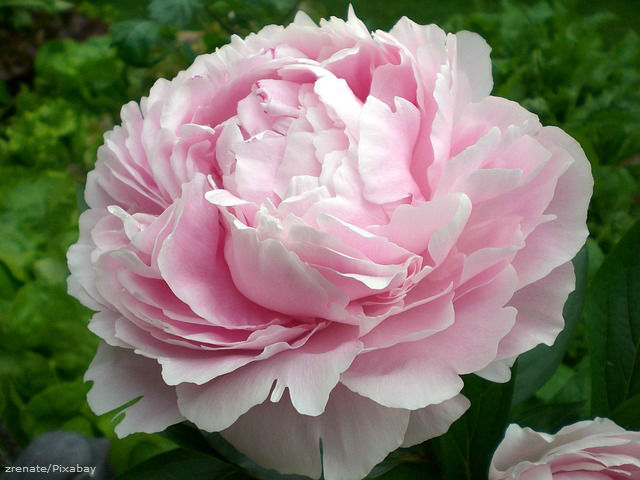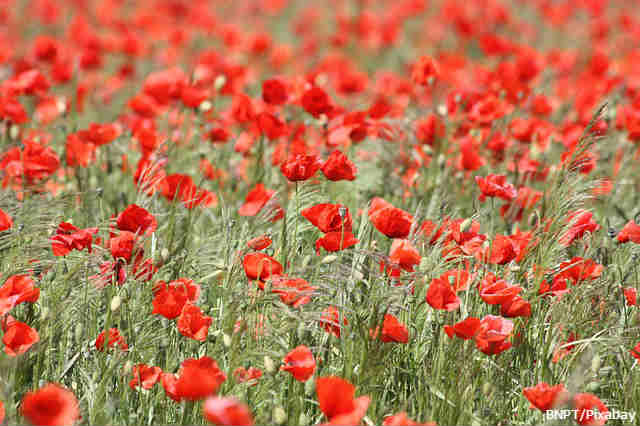Annuals are plants that live one growing season. Regardless of whether you plant it from seeds, a seedling or a full-grown plant, an annual will sprout, flower, seed and then die all in the same year.
Annuals need to be replanted each year which is nice if you want to change the look of your garden from year to year. These plants are generally very colorful, bright and showy. They also tend to bloom all season.
These plants tend to be less expensive than perennials and are less of a commitment. Although they won't last for longer than one year, some annuals are considered to be self-seeding which means that you may end up with new flowers the next year, but they won't be in the exact same spot.
Some popular annuals include: Zinnias, marigolds, impatients, vinca, daisies, cosmos and sunflowers.
Perennials
Perennials on the other hand, will regrow year after year. Generally the root system will stay intact after the plant has flowered and wilted. They can be planted from a seed or a bulb -- a bulb will need to be planted in the fall to produce spring-blooming plants or you can purchase young plants from a nursery in the spring.

Perennials have a shorter blooming period than annuals so if you want constant color in your flower beds, pair them with perennials that bloom at different times.
These plants help provide your garden with a layout because they will return each year in the same location. Perennials save you time year after year because you only have to plant them once to have blooms every year but they do need some special care before planting.
The garden bed must be prepared according to the plants' needs. Perennials generally need more water and fertilization than annuals and they tend to have roots that spread out. You should also prune your perennials to ensure they continue to grow and look neat.
Popular perennials include: roses, peonies, mums and daylilies.
Biennials
Not only are there annuals and perennials, but there are also plants that are biennials. Biennials are plants that grow for two seasons, but don't bloom until the second year.
These kinds of plants can be tricky because they need care over the winter between their first and second year, but once they've lived out their second growing season they drop seeds and you'll have blooms from the new generation of biennials.

You can easily stagger biennial plantings to have blooms every year.
Popular biennials include: Poppies, foxgloves, Sweet William and forget-me-nots.
Now that you've got an easy primer on what the different types of plants are you can easily mix up your flower garden and have blooms all season long. Just take some extra care and time to plan out what you'll want in your garden and you could end up with colorful flowers year after year and space to experiment whenever you want a new look to your garden.
You'll easily be able to improve curb appeal to your home and cultivate your green thumb once you've chosen a few colorful new plants for your home.